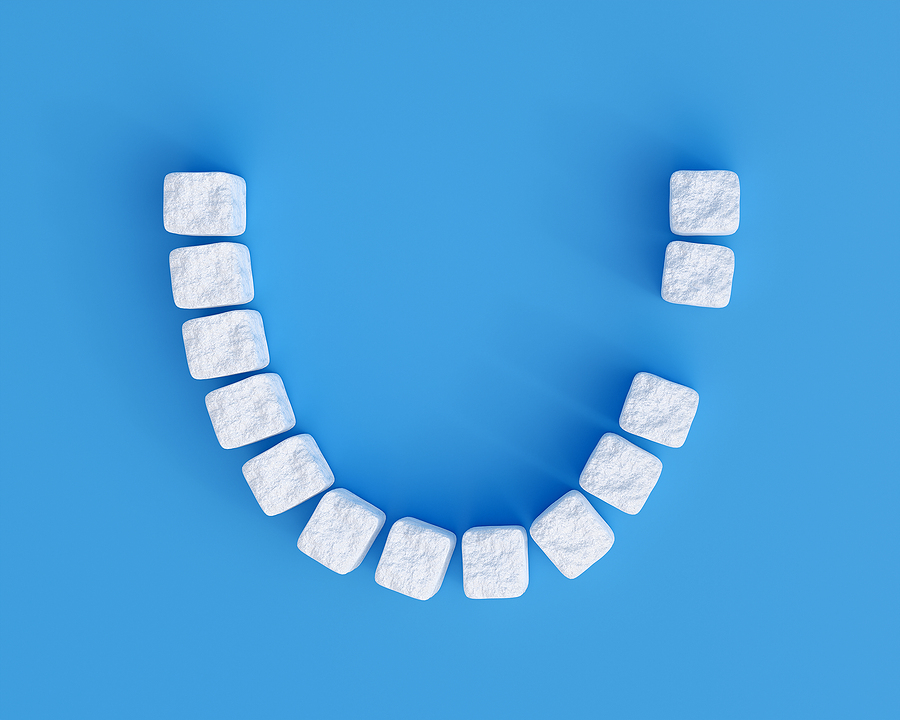Dental implants are prosthetic tooth roots made of biocompatible materials, usually titanium, surgically inserted into the jawbone to support artificial teeth such as crowns, bridges, or dentures. They provide a stable foundation that mimics natural teeth, offering several benefits. Implants enhance oral function by restoring chewing ability and speech clarity while preserving facial structure and preventing bone loss that can occur with missing teeth. Unlike traditional bridges or dentures, implants are durable and integrate with the jawbone, promoting long-term oral health. Ideal candidates for dental implants are generally in good overall health, with sufficient jawbone density to support the implant and healthy gums free of periodontal disease. A thorough evaluation by the dentist in Santa Clarita, CA, is essential to determine candidacy, discuss treatment options, and ensure personalized care for successful implantation and restoration of a natural-looking smile.
Endosteal implants are the most commonly used dental implant in Santa Clarita, CA. They consist of small titanium screws or cylinders that are surgically placed directly into the jawbone. These implants are artificial tooth roots and provide a sturdy foundation for attaching single crowns, bridges, or implant-supported dentures. After placement, a healing period allows the jawbone to fuse with the implants in osseointegration, ensuring stability and strength. Endosteal implants are preferred for patients with adequate jawbone density and volume to support the implants without additional procedures like bone grafting. Contact us today to learn more.
Subperiosteal implants are an alternative to endosteal implants, beneficial when a patient has insufficient bone height or volume for traditional implants and cannot undergo bone augmentation procedures. These implants have a custom-made metal framework placed under the gum tissue but above the jawbone. During the procedure, the framework is positioned over the jawbone, and as the gums heal, it becomes fixed to the bone. Posts attached to the framework protrude through the gums, providing stable anchors for artificial teeth. While less commonly used today due to advances in bone grafting techniques, subperiosteal implants remain an option for patients with specific bone structure challenges.
The process begins with an initial consultation with our dentist at Smile City Dental Group. During this visit, our dental professional will:
Once the treatment plan is finalized and you're ready for the procedure, the surgical placement of dental implants follows:
Following implant placement, a critical phase known as osseointegration begins:
Once osseointegration is complete and the implant has integrated with the jawbone:
After the final restoration is placed, our dentist will provide instructions on:
The dental implant procedure is a comprehensive treatment option for replacing missing teeth. It offers stability, functionality, and aesthetic benefits that resemble natural teeth. Visit Smile City Dental Group at 19366 Soledad Canyon Rd, Santa Clarita, CA 91351, or call (661) 252-8888 to learn more about how dental implants can restore your smile and improve your oral health.

Dental implants are prosthetic tooth roots made of biocompatible materials, usually titanium, surgically inserted into the jawbone to …

Dental implants are prosthetic tooth roots made of biocompatible materials, usually titanium, surgically inserted into the jawbone to …

Dental implants are prosthetic tooth roots made of biocompatible materials, usually titanium, surgically inserted into the jawbone to …
MON - FRI 9:00 am - 6:00 pm
SAT 9:00 am - 4:00 pm
SUN Closed